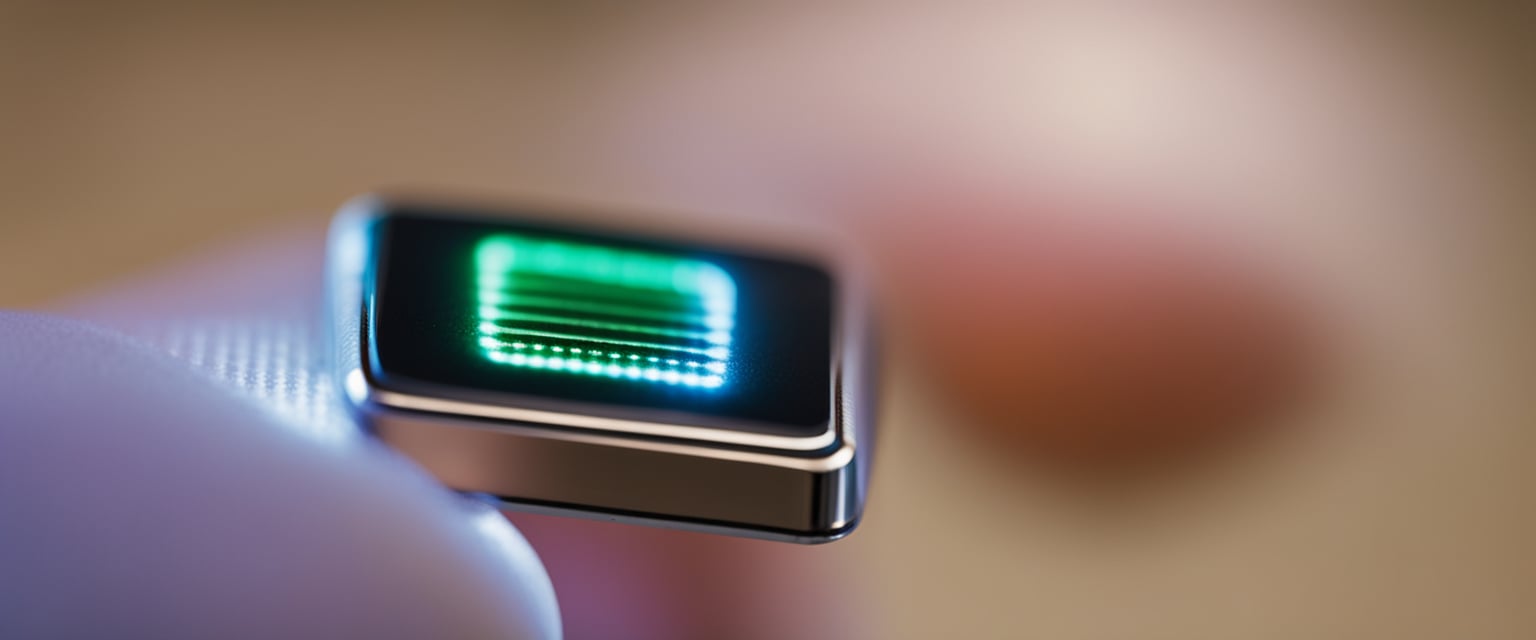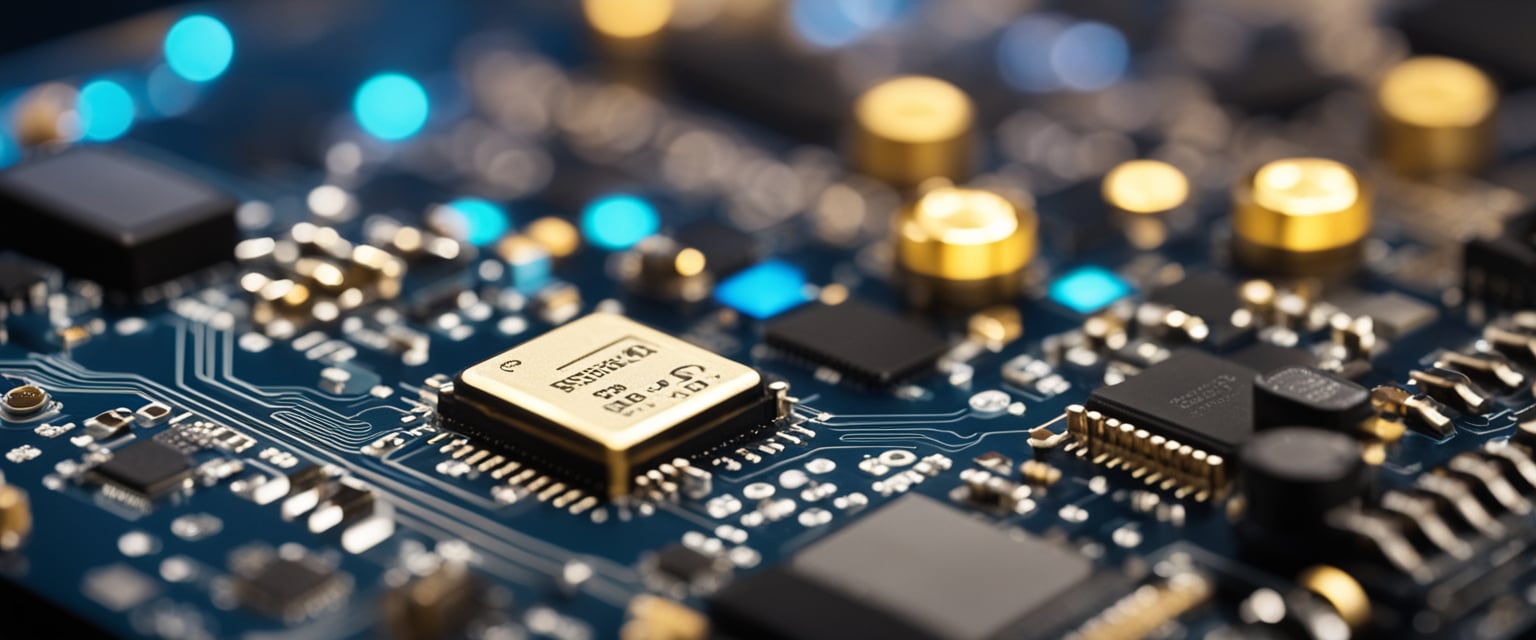Contact
Write to Us And We Would Be Happy to Advise You.
Do you have any questions, or would you like to speak directly with a representative?
By peter
A capacitive switch sensor is a type of electronic switch that detects touch or proximity by measuring changes in capacitance. These sensors work by emitting an electrical field from the sensing end, and any target that disrupts this field can be detected. They are commonly used in various applications where a non-contact sensing method is required. Capacitive switch sensors have the advantage of high sensitivity and can detect objects through different kinds of materials, making them suitable for a wide range of industrial and consumer electronics applications.

The technology behind capacitive switch sensors allows them to detect solid or liquid targets without physical contact. This makes them ideal for applications where hygiene, reliability, and durability are essential. With their non-contact nature, capacitive switch sensors provide a longer operational life as there is no wear and tear due to physical contact. Their ability to sense touch or proximity by measuring changes in capacitance makes them a popular choice in modern electronic devices and industrial automation systems.

Capacitive switch sensors are a type of touch sensor that detects the presence or absence of an object by measuring changes in capacitance. These sensors are widely used in various industries, including automotive, aerospace, consumer electronics, and medical devices.
Capacitive switch sensors consist of two conductive plates separated by a dielectric material. When an object comes in contact with or is placed near the sensor, it changes the capacitance between the plates, which can be detected by the sensor electronics. The capacitance change is caused by the change in the dielectric constant of the dielectric material between the plates.
Capacitive switch sensors use two different operating principles: self-capacitance and mutual capacitance. In self-capacitance, the sensor plate is connected to a sensing circuit that measures the capacitance between the plate and ground. In mutual capacitance, two sensor plates are used, and the capacitance is measured between them.
The performance of capacitive switch sensors depends on several factors, including the material and design of the sensor. The dielectric material between the plates is a critical component of the sensor, and its properties can affect the sensor’s sensitivity and response time. Common dielectric materials used in capacitive switch sensors include air, plastic, glass, and ceramic.
The size and shape of the sensor plates can also affect the sensor’s performance. Larger plates can increase the sensor’s sensitivity, while smaller plates can improve the sensor’s response time. The distance between the plates and the thickness of the dielectric material can also affect the sensor’s performance.
In conclusion, capacitive switch sensors are a reliable and accurate type of touch sensor that can be used in various applications. The operating principle and material/design considerations are critical factors that affect the sensor’s performance. By understanding these fundamentals, you can choose the best capacitive switch sensor for your application.

Capacitive switch sensors are classified into two main types based on their functionality: Surface Capacitive Sensors and Projected Capacitive Sensors.
Surface capacitive sensors are designed with a glass overlay and a conductive coating on top. The coating is usually made of indium tin oxide (ITO) or a similar material. The sensor’s electrodes are located at the corners of the glass overlay, and a low voltage AC signal is applied to them. When a conductive object, such as a finger, comes close to the overlay, it creates a change in capacitance, which is detected by the sensor. Surface capacitive sensors are commonly used in applications such as kiosks, ATMs, and gaming machines.
Projected capacitive sensors are a more advanced type of capacitive sensor that are commonly used in smartphones, tablets, and other touchscreens. They are designed with a glass overlay that has a grid of transparent conductive electrodes on it. When a finger or other conductive object touches the screen, it causes a change in capacitance, which is detected by the sensor. Projected capacitive sensors are more accurate and responsive than surface capacitive sensors, and they can detect multiple touch points at once.
In summary, capacitive switch sensors are an important type of touch sensor that are used in a wide range of applications. Surface capacitive sensors are commonly used in kiosks, ATMs, and gaming machines, while projected capacitive sensors are used in smartphones, tablets, and other touchscreens.
Capacitive switch sensors have a wide range of applications and are used in various industries. Here are some of the most common applications and uses of capacitive switch sensors:
Capacitive switch sensors are widely used in consumer electronics, such as smartphones, tablets, and laptops. They are used as touch sensors and can detect the presence of a finger or a stylus. Capacitive sensors are preferred over mechanical buttons because they are more durable, have a longer life, and are more responsive. They are also used in touch-sensitive buttons, sliders, and scroll wheels.
Capacitive switch sensors are extensively used in industrial automation, such as in the food and beverage industry, packaging industry, and automotive industry. They are used to detect the level of liquids, powders, and granules in tanks and containers. Capacitive sensors are preferred over other sensors because they are non-contact and can detect through non-metallic materials. They are also used to detect the presence of objects on conveyor belts and in assembly lines.
Capacitive switch sensors are used in the automotive industry for various applications, such as in touch-sensitive controls, keyless entry systems, and parking sensors. They are used to detect the presence of a finger or a hand and are preferred over mechanical buttons because they are more durable and have a longer life. Capacitive sensors are also used in airbag systems to detect the presence of a passenger and adjust the airbag deployment accordingly.
Overall, capacitive switch sensors are versatile and reliable sensors that can be used in a wide range of applications. They are preferred over other sensors because of their durability, non-contact nature, and high sensitivity.
When designing a capacitive switch sensor, it is important to consider how it will be integrated into a larger system and how the user will interact with it. There are two main aspects to consider: circuit integration and user interface design.
Capacitive switch sensors can be integrated into a system in a variety of ways. One common method is to use printed circuit board (PCB) integration, in which the sensor and circuit are fabricated and packaged separately and then integrated on a PCB. Another method is hybrid integration, in which the two fabricated dies are placed on a single package and wire bonded. This allows for more compact and integrated systems.
When designing the circuit integration for a capacitive switch sensor, it is important to consider the capacitance range of the sensor, the sensitivity and resolution required, and the noise and interference that may affect the signal. A variety of interface circuits can be designed to address these concerns, including switched-capacitor circuits, charge amplifier circuits, and operational amplifier circuits.
The user interface is the part of the system that the user interacts with directly. When designing the user interface for a capacitive switch sensor, it is important to consider the user’s needs and preferences, as well as the intended use of the system.
One common design for a capacitive switch sensor is a touch-sensitive button. This type of interface can be used to turn on and off lights, appliances, and other devices. Another common design is a proximity sensor, which can detect the presence of a user’s hand or other object and trigger an action.
When designing the user interface, it is important to consider factors such as the size and shape of the sensor, the sensitivity and responsiveness of the sensor, and the feedback provided to the user. For example, a touch-sensitive button may provide haptic feedback to let the user know that the button has been pressed, while a proximity sensor may provide visual feedback to let the user know that the system is active.
In summary, when designing a capacitive switch sensor, it is important to consider both the circuit integration and the user interface design. By carefully considering these factors, you can create a system that is both functional and user-friendly.
Capacitive switch sensors offer a wide range of benefits, including high sensitivity, low power consumption, and fast response time. However, they also have some limitations and challenges that must be addressed to ensure optimal performance. In this section, we will discuss some of the most common challenges and limitations associated with capacitive switch sensors.
One of the most significant challenges associated with capacitive switch sensors is their sensitivity to environmental factors. Changes in temperature, humidity, and pressure can all affect the performance of capacitive switch sensors. For example, high humidity levels can cause the sensor to malfunction or produce inaccurate readings. Similarly, changes in temperature can cause the sensor to drift or produce inconsistent results.
To address these challenges, manufacturers must take steps to protect the sensor from environmental factors. This may include using specialized coatings or materials that can withstand extreme temperatures or humidity levels. Additionally, designers must consider the environment in which the sensor will be used and take steps to minimize the impact of environmental factors on sensor performance.
Another common challenge associated with capacitive switch sensors is electromagnetic interference (EMI). EMI can be caused by a wide range of sources, including power lines, motors, and other electronic devices. When EMI is present, it can cause the capacitive switch sensor to produce inaccurate readings or malfunction.
To address this challenge, designers must take steps to minimize the impact of EMI on sensor performance. This may include using specialized shielding or filtering techniques to block out unwanted signals. Additionally, designers must carefully select the materials and components used in the sensor to ensure that they are resistant to EMI.
In summary, while capacitive switch sensors offer many benefits, they also have some limitations and challenges that must be addressed. By taking steps to protect the sensor from environmental factors and minimize the impact of EMI, designers can ensure that the sensor performs optimally in a wide range of applications.
Do you have any questions, or would you like to speak directly with a representative?